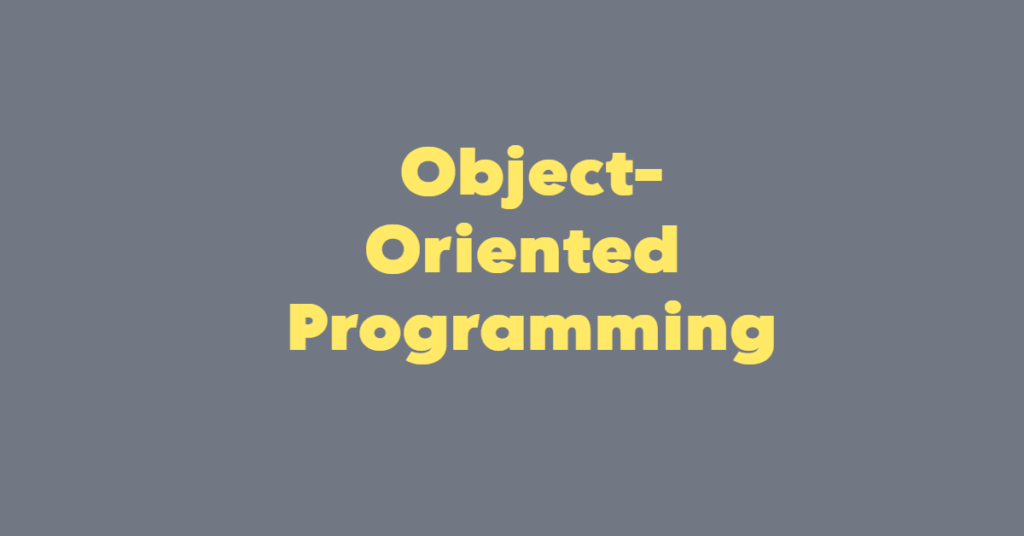Introduction
In modern software development, Object-Oriented Programming (OOP) is a popular and powerful paradigm. It helps organize complex code into simpler building blocks, making it reusable, scalable, and easier to maintain. Two of the most essential concepts in OOP are classes and objects.
Whether you’re using C#, Java, or Python, understanding how classes and objects work is the first step in mastering OOP.
What is a Class in OOP?
A class is a blueprint or template for creating objects. It defines what data (properties) and behavior (methods) the objects of that class will have.
Key Features of a Class:
- Represents a generic concept
- Contains fields, methods, constructors, etc.
- Does not occupy memory until instantiated
C# Example of a Class:
// Namespace declaration
using System;
// Class declaration
public class Car
{
// Data members (properties)
public string Brand;
public int Year;
// Method
public void Start()
{
Console.WriteLine($"{Brand} is starting.");
}
}What is an Object in OOP?
An object is an instance of a class. It holds actual values and uses the structure defined in the class.
Key Features of an Object:
- Represents a real-world entity
- Created using the
newkeyword - Occupies memory in the heap
C# Example of Creating an Object:
class Program
{
static void Main(string[] args)
{
// Creating an object of the Car class
Car myCar = new Car();
// Assigning values
myCar.Brand = "Toyota";
myCar.Year = 2023;
// Accessing method
myCar.Start();
}
}
Output:
Toyota is starting.
Memory Allocation in OOP: Stack vs Heap
Understanding memory usage is important for performance and resource management.
- Stack Memory:
- Stores value types (
int,double, etc.) - Stores references to objects
- Cleared automatically when the method ends
- Stores value types (
- Heap Memory:
- Stores reference types like objects
- Managed by .NET Garbage Collector
- Holds actual data of the object
How It Works:
Car myCar = new Car();myCar(the reference) is stored in stacknew Car()(actual object) is created in heap
Memory Breakdown:
| Memory | Contents |
| Stack | Reference to Car object (myCar) |
| Heap | Actual data of Car object (Brand, Year) |
Real-Life Example
Think of a class like a recipe for a pizza, and an object like the actual pizza you make using that recipe. You can create multiple pizzas (objects) from the same recipe (class), each with different toppings (property values).
Benefits of Using Classes and Objects
- Promotes code reusability
- Supports modular structure
- Easy to maintain and scale
- Enables encapsulation and other OOP principles
I hope this post helped you clearly understand classes and objects in OOP.
Drop your questions or thoughts in the comments, and don’t forget to share it with fellow learners!


